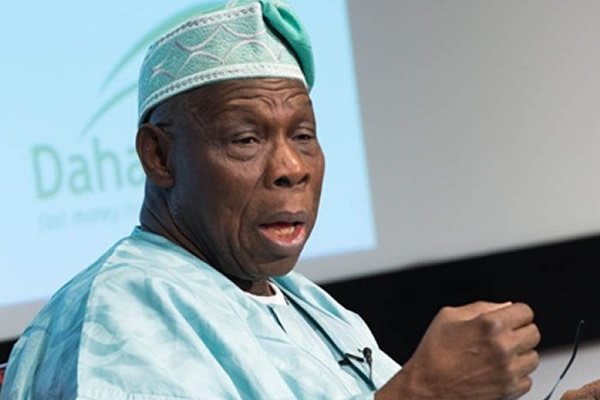Former President Olusegun Obasanjo’s strong emotional attachment to Nigeria’s public-owned refineries under the Nigerian National Petroleum Company Limited (NNPCL) is both evident and understandable. As a key figure in the construction of two out of the country’s four refineries, Obasanjo’s connection to these facilities is deeply personal.
A Historical Overview
In 1974, plans to build the Warri and Kaduna refineries were set in motion. The Warri Refinery’s contract was awarded in 1975, and it was completed under Obasanjo’s leadership in 1978. Similarly, the Kaduna Refinery’s contract was signed in 1977 and commissioned in 1980. These projects were overseen by then-Minister of Petroleum, Muhammadu Buhari.
However, when Obasanjo returned as President in 1999, the refineries were in disrepair. Despite significant investments in Turnaround Maintenance (TAM), the facilities failed to deliver, leading Obasanjo to privatize the Port Harcourt and Kaduna refineries.
Privatization and Reversal
The refineries were sold in 2007 to Blue Star, a consortium led by Dangote, for $750 million. However, President Umaru Yar’Adua reversed the sale shortly after taking office, refunding the money. Obasanjo publicly criticized this decision, citing it as a setback for national progress.
NNPCL’s Rehabilitation Efforts
In 2021, NNPCL, under the leadership of Mele Kyari, launched a comprehensive rehabilitation of the refineries, moving beyond the flawed TAM approach. The old wing of the Port Harcourt Refinery resumed production recently, followed by the Warri Refinery, with the Kaduna Refinery set to come online soon.
Obasanjo’s Continued Skepticism
Despite these developments, Obasanjo remains skeptical, citing past failures and significant expenditures without results. However, NNPCL has invited him to tour the refineries and witness their current state.
Conclusion
Obasanjo’s legacy in Nigeria’s refinery history is undeniable. As the NNPCL makes strides in restoring these facilities, a visit from the former President could offer valuable insights and potentially reconcile his skepticism with the progress achieved.



